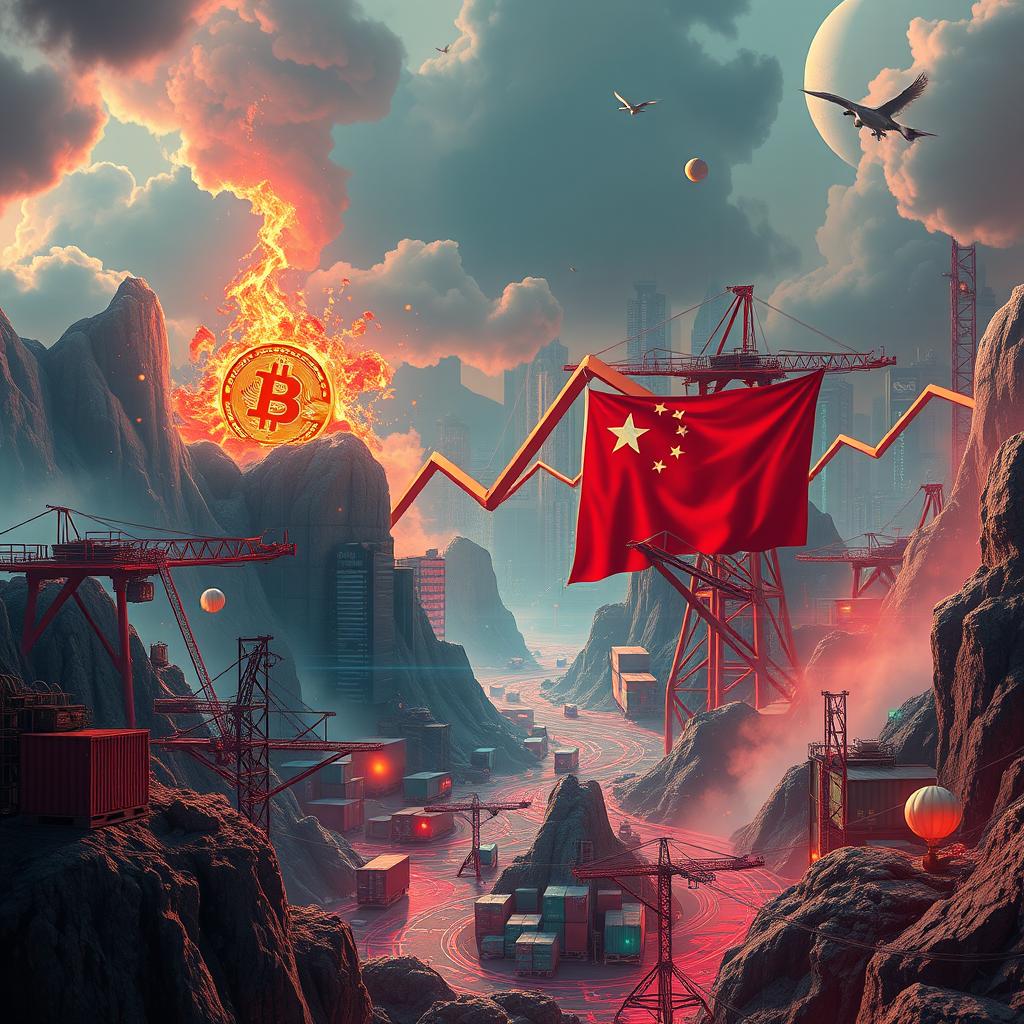Analysis of the NFT Market and Potential for an NFT-Backed ETF
The concept of an NFT (Non-Fungible Token)-backed ETF (Exchange-Traded Fund) has gained attention, with Canary Capital’s CEO, Steven McClurg, expressing optimism about the potential for such a fund to attract investors. This development comes amidst a decline in the NFT market, which slumped to a three-year low in 2023, with sales and trading volumes decreasing by nearly 20% compared to the previous year, as per DappRadar’s 2024 Industry report. Notably, popular NFT collections like Pudgy Penguins, Crypto Punks, and Milady Maker have lost 30%, 7%, and 17% of their values over the past year, respectively, according to CoinGecko data.
Despite this downturn, McClurg believes that the NFT market could experience a revival, driven by the potential launch of an NFT-backed ETF. The likelihood of such a fund becoming available to U.S. investors has increased due to federal regulators embracing new, crypto-friendly regulations and the emergence of more liquid NFTs. The SEC’s openness to actively managed products and the creation of more liquid digital art have removed significant barriers, making an NFT-backed ETF more feasible.
The recent filing by Canary Capital to launch a Pudgy Penguins and PENGU ETF in the U.S. has sparked debate within the crypto community. While some experts have raised concerns about the structural and technical issues associated with putting NFTs into ETF wrappers, others see this as an opportunity to revitalize the languishing NFT market. The relative illiquidity of NFTs poses market-making problems, but the introduction of more liquid digital art could mitigate these issues.
Predictions for the NFT Market and NFT-Backed ETFs
Based on the analysis, several predictions can be made about the future of the NFT market and the potential for NFT-backed ETFs:
- Increased Adoption: With the SEC determining that digital art and collectibles are not securities, the long-term trend in digital art and digital rights to those works is likely to be positive. As McClurg stated, “Major barriers have been removed,” which could lead to wider adoption of NFTs in the near future.
- Revitalization of the NFT Market: The launch of an NFT-backed ETF could inject new life into the NFT market, attracting investors who were previously hesitant to enter the space. This could lead to increased sales and trading volumes, potentially reversing the decline of the past year.
- Growing Interest in Digital Art: The emergence of more liquid NFTs and the potential for an NFT-backed ETF could spark growing interest in digital art, driving demand for NFTs and potentially leading to an increase in their value.
- Challenges and Opportunities: While the introduction of an NFT-backed ETF poses challenges, such as market-making problems and structural issues, it also presents opportunities for innovation and growth in the NFT market.
In conclusion, the NFT market, despite its current decline, has the potential for a revival driven by the introduction of an NFT-backed ETF. With federal regulators embracing new, crypto-friendly regulations and the emergence of more liquid NFTs, the barriers to entry for investors have been significantly reduced. As the market continues to evolve, it is likely that we will see increased adoption, revitalization of the NFT market, and growing interest in digital art, presenting both challenges and opportunities for investors and market participants.




